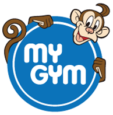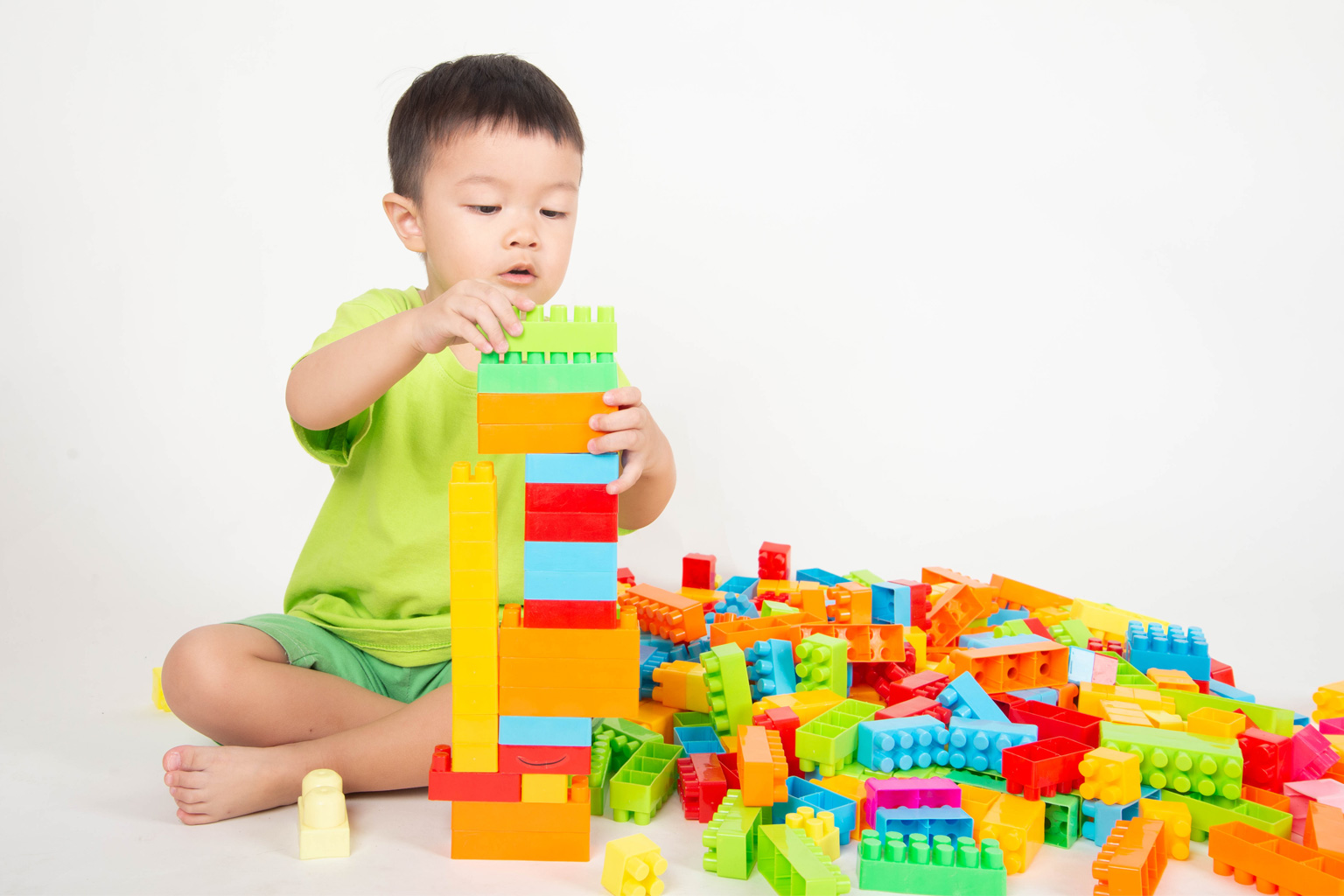Brain Starts Learning In The Womb
Do you remember the first time your mom opened a book and read a story to you. Or when you were first prompted to learn shapes of letters or repeat their sounds? Or look at colours and learn their names. Perhaps not. Yet without these early learning events, what you are reading would make no sense.
Today, they have become second nature to you, but you learnt all these skills early. Earlier than you can imagine. Once acquired, they opened the gateway to all the accumulated knowledge, providing a fundamental basis for education and independent learning.
Learning to talk, listen and read makes a big difference to the kind of opportunities a child will have to improve life. Insights from fields as diverse as education, genetics and neuroscience are converging to make us more confident of this simple fact.
Experiences build understanding. That is why it’s so critical for parents to fully grasp how a child develops. Be aware of their role in a child’s early learning development and early childhood education and the implications of this learning for their future.
Don’t miss the bus
The first 1,000 days of a child’s life, starting from conception, are key for her long-term outcomes. The science is clear on this aspect of a child’s development process.
In the first few years of life, a child’s brain develops rapidly. While children will continue to develop throughout childhood and into adulthood, it is during these early years that their brains are particularly sensitive. As a child grows older it becomes much rigid and more difficult to influence the way they process information.
From birth to age two
This is a time when the brain goes through a period of rapid development and growth. In fact, during the first two years of life, the brain displays a remarkable capacity to absorb information and adapt to its surroundings.
Over this period a child begins to develop a wide range of skills and abilities. Starts to explore and learn about the world around them through developing communication skills, behaviours and emotional attachments.
- An adult’s brain has an estimated 86 billion neurons, and the majority of these are already formed in the womb
- At age one, the size of a child’s brain is already 72% of adult volume and by age two, it grows to 83% on average
- By age two, the connections that are being formed in a child’s brain are happening about twice as fast as in an adult’s brain
This might come as a surprise, but a child’s brain begins developing even before birth — in the womb. Then, during infancy, the connections between neurons become stronger and more extensive, with new connections forming on a daily basis. These connections form the networks that lay the foundation of a child’s development.
Between age three to five
From age three, a child’s brain begins a phase called ‘synaptic pruning’. This is process by which extra neurons and synaptic connections are eliminated in order to increase the efficiency of neuronal transmissions.
This is a period in a child’s life where the brain discards the ‘extra baggage’ that was taken on during the first two years. This natural ‘spring cleaning’ process, helps the brain gain the ability to process information in more efficient and complex ways.
- At age three, a child’s brain is twice as active as an adult’s brain
- By age five a child’s brain uses almost twice as much energy as an adult’s brain to support brain development
- The period from age three to five is critical for children’s language and social skills. These skills develop rapidly during the first few years of life
- For instance, a child’s vocabulary expands from 55 words at 16 months, to 225 words at 23 months to 573 words at 30 months
We now know that the relationship between young children’s brain development and the emergence of language and social skills is mutually reinforcing. Each helps to strengthen the architecture of the child’s brain. And as that architecture is strengthened, children’s capacity to recognise and use new words, meet and interact with new people grows.
Throughout the first five years parents, carers and childcare workers are the crucial providers of love and support to a growing child. This phase in a child’s life is most critical. The earlier you know, the more
likely you will want to do something about how you are going to respond to the situation.
If you like to talk to someone who can be of help or need any kind information or assistance, or are looking for an enrichment class for toddlers, or infant activitiesplease reach out to us. The earlier you start, the better it is for the child. We love to hear from you.
MyGym.
(B)right & Early



